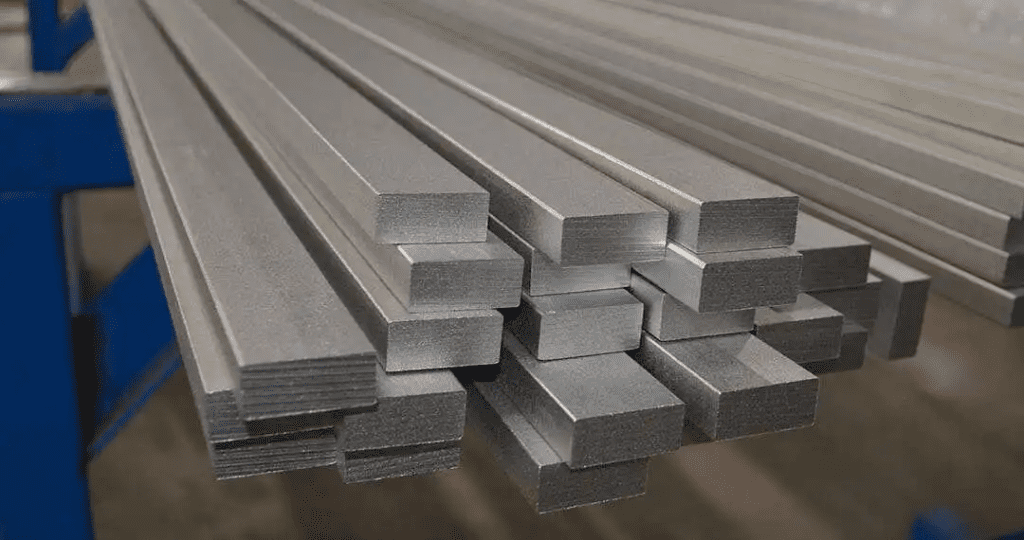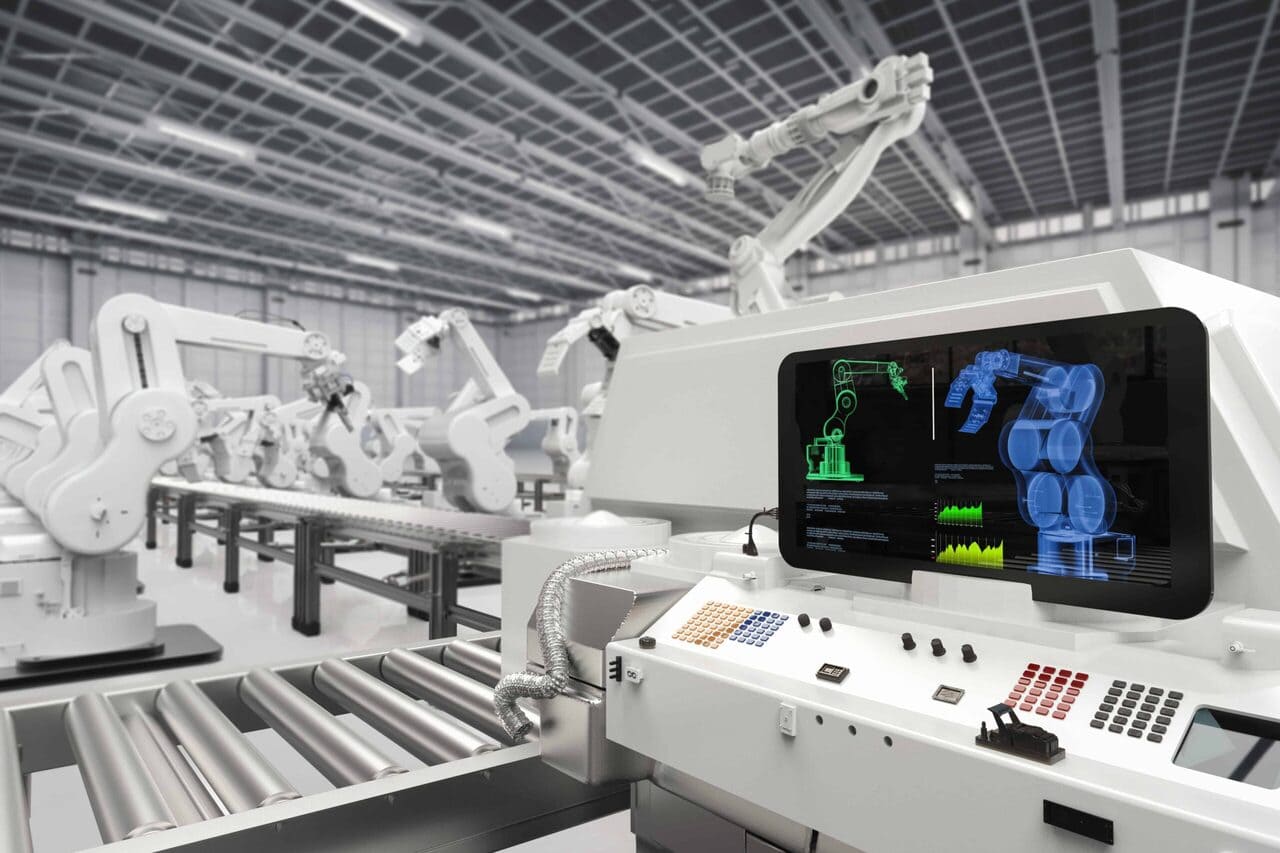In 1784, the first industrial revolution began with machines powered by water and steam. The second revolution came in 1870 with the mass production of steel and electricity; the world also witnessed the invention of airplanes during this period. In 1960, the third industrial revolution introduced sophisticated electronics, computers, and automation. This revolution was mainly focused on the digital revolution in the industrial process. Today, we are living in a cyber-physical system that is focused on synchronizing the real world with the virtual world. This is referred to as the fourth revolution, or Industry 4.0, a term officially coined in 2015 by Mr. Klaus Schwab, the executive chairman of the World Economic Forum.
Industry 4.0 is the new industrial revolution to create smart factories powered by the networking of machines and processes with intelligent platforms. There are various elements of the Industry 4.0 manufacturing revolution, such as data analytics, Internet of Things (IoT), advanced robotics, augmented reality, additive manufacturing, virtual factory software, and digital traceability.
This article will take an in-depth look at Industry 4.0 manufacturing, including the processes and technologies that are excelling and what still needs to be improved.
Major Technological Elements of Industry 4.0 Manufacturing
Below, we detail some of the major technological elements that make up the Industry 4.0 manufacturing processes of today and take a look at their advantages and limitations.
Additive Manufacturing
Additive manufacturing (AM), also known as 3D printing, makes use of a 3D CAD model to manufacture parts layer by layer through the addition of materials, unlike conventional subtractive techniques. Today, AM technology is meeting the sophisticated design needs of many industries, such as automotive, manufacturing, aviation, and medical.
Over the last twenty years, AM technology has evolved through different phases. Stereolithography was the first patented rapid prototyping technique developed under AM in 1986. After that, it has gone through the following successions:
- 3DP (three-dimensional printing) – 1993
- Fused deposition modeling – 1992
- Selective laser sintering – 1989
- Laminated object manufacturing – 1988
- Laser engineered net shaping – 2000
Advantages
Unlike traditional subtractive processes, AM technology can help you design a functional prototype in a short timeframe. The material waste is significantly reduced, as the technology makes use of the required raw material for the part and provides an option to reuse the remaining material. Because the part is manufactured using one process and with little setup required, you save time and money on several manufacturing and assembly steps.
Limitations
Additive manufacturing is still in the beta stage. There are functional limitations, such as low speeds, which do not make it suitable for mass production. Prototypes created with additive manufacturing often also need post-production finishing touches. Moreover, as additive manufacturing makes use of liquid powders and metal polymers, the materials lack sufficient strength to manufacture large-sized parts.
Virtual Factories
Today’s smart factories employ cyber-physical systems and harness the power of information technology to a great extent. In smart factories, the system facilitates machines and other manufacturing resources to communicate, collaborate, and work as a team with little or no human interference. However, installing these manufacturing systems is expensive and can be risky to test. In this regard, the virtual factory framework provides the necessary decision support.
Advantages
The virtual factory (VF) framework is an advanced 3D simulation software environment to assess the performance of your smart factory under variable demand and dynamic factory conditions. You can use it for a single piece of equipment or the entire factory. VF technology is highly useful to predict the process variability of a new manufacturing system in the absence of historical data.
Limitations
For the simulation program to return reliable results, it has to be given an accurate synopsis of your facility’s specific conditions. These are labor-intensive customizations and require subject matter experts. As the simulation runs based on continuous real-time data input, any parameter change within the manufacturing system, machines, or robots may impact the accuracy of the result.
|
Buy Certified High-Quality Metals for Industrial Solutions |
||
|
New Aluminum |
New Steel |
New Stainless Steel |
 |
 |
 |
| Reliable supply: Consistent, certified aluminum stock you can trust. High-quality material: Superior-grade aluminum for precision needs. Custom cuts: Accurate cuts down to thousandths of an inch. |
Durability and strength: Reliable for projects needing long-lasting, tough materials. Cost-effective: Quality steel that offers strength without breaking the bank. Custom cutting: Precise cuts tailored to exact needs with top-tier cutting tools. |
Sustainability: Highly eco-friendly as the most recyclable metal on earth. High durability: Resistant to corrosion and wear, ensuring long-lasting performance. Custom precision cuts: Tailored to your specifications with quick, accurate results. |
Industrial Robots
With the help of technologies such as artificial intelligence and big data analytics, Industry 4.0 manufacturing processes rely on industrial robots to increase production speed and lower process costs.
Advantages
Unlike their traditional ancestors, robots in the industry 4.0 manufacturing revolution are designed to have self-awareness, self-maintenance, and self-predictiveness abilities. With advanced sensory systems, these new generation robots interact with other robots and human workers to enhance the manufacturing quality. They use advanced sensor technologies to empower their perception for various manual tasks, such as automatic part detection, correct material pickup, and safe handling of the item.
Limitations
Onboarding highly sensitive and energy-friendly robots is challenging. Moreover, robots in the industrial 4.0 phase are still not maturely developed to replace experienced workers for complex tasks in the assembly lines and distribution centers.
Industry 4.0 and Metal Processing Facilities
The metal processing industry can greatly benefit from the industry 4.0 revolution in terms of reduced operating costs, low material waste, fast delivery, and a low possibility of revisions. Manufacturers can reap benefits at each stage of the manufacturing process.
Smart CNC machines can build predictive models using historical data to guard against potential failure points. The combined effect of IoT sensors and smart meters can help large machines effectively manage energy flow during idle hours. The real-time process feedback from machines would be an ideal choice for operators to eliminate any potential errors during its alpha stage.
Automation can increase production speed and reduce human errors, but certain elements would still be out of their reach. One such element is the procurement of the proper material for the project. An automated smart CNC machine is of no good use if the workpiece is of poor quality.
Purchase Materials for Industry 4.0 Manufacturing from a Reliable Metal Supplier
Industrial Metal Service is a one-stop shop for metal purchasing, recycling, and sawing. For more than two decades, we’ve provided the San Francisco Bay Area and nationwide with our reliable metal services. Our wide inventory of metals includes aluminum, steel, copper, and titanium as well as specialty metals such as Inconel and Monel.
Contact Us
 Angle
Angle Cast Plate
Cast Plate Diamond Plate
Diamond Plate Flat Bar
Flat Bar Plate
Plate Round Bar
Round Bar Square Bar
Square Bar Square Tubing
Square Tubing Round Tubing
Round Tubing Angle
Angle Channel
Channel Diamond Plate
Diamond Plate I Beam
I Beam Round Bar
Round Bar Sheet
Sheet Square tubing
Square tubing Round Tubing
Round Tubing Rectangular Tubing
Rectangular Tubing Plate
Plate Rectangular Bar
Rectangular Bar Rectangular Tubing
Rectangular Tubing Round Bar
Round Bar Sheet
Sheet Square Bar
Square Bar Square Tubing
Square Tubing
